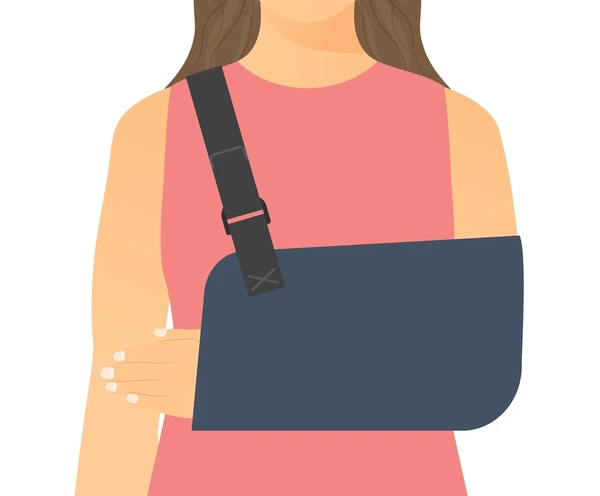The rotator cuff is a group of four muscles that come together to form a covering around the head of the humerus. Tears can occur in one or more of areas of the rotator cuff, but does treatment vary depending on the location of the tear? Yes it does.A cadaver study published in the October 2013 issue of Journal of Bone and Joint Surgery examined the biomechanical importance of location of a rotator cuff tear (See Article). The authors created rotator cuff tears in the supraspinatus tendon which is the most commonly torn rotator cuff tendon. Tears were created in either the anterior-most (front) aspect of the supraspinatus or the central (middle) aspect of the tendon. Tears in front of the shoulder experienced more gapping with biomechanical testing. In other words, tears in the central aspect of the cuff were shielded from stress.Burkhart originally proposed that the rotator cuff has a cable crescent complex similar to a suspension bridge. Under this model the anterior and posterior attachments of the rotator cuff cable were analogous to the pillars of the bridge and even with a tear in between stress could be shielded if the anterior and posterior attachments were intact. The above study lends further support to this theory since the anterior tears disrupted the anterior pillar (cable attachment) whereas the central tears were shielded from stress. This study also goes along nicely with a study out of Washington University in St. Louis which showed that tears of the anterior aspect of the supraspinatus tendon are more likely to develop fatty atrophy (which can be irreversible and affect recovery).Together these concepts/studies lend support toward earlier surgical treatment of painful rotator cuff tears involving the anterior aspect of the supraspinatus tendon. We know that rotator cuff tears do not heal themselves and that the only way to heal the tendon is to repair the tendon surgically. However, some tears are not painful and not all painful tears require surgery. On the other hand, tears of the anterior aspect of the supraspinatus appear to be important to consider surgery if they do not respond to physical therapy, anti-inflammatories, etc.
Similar posts



